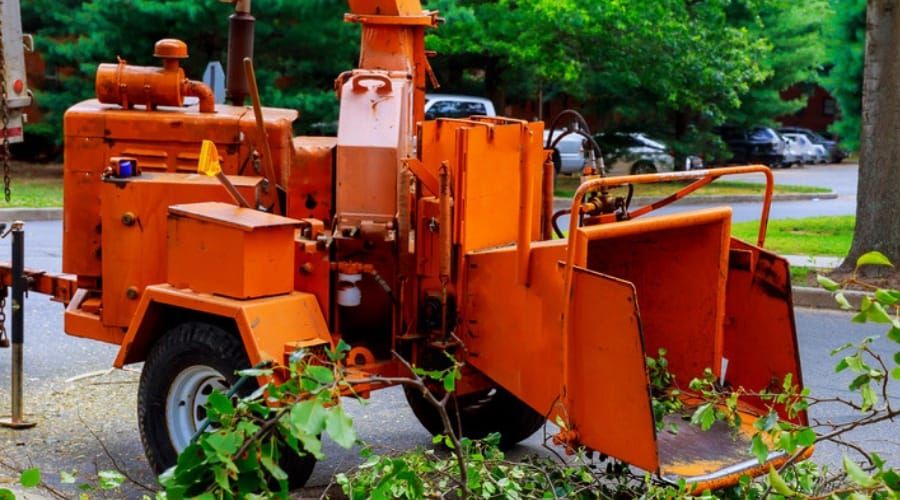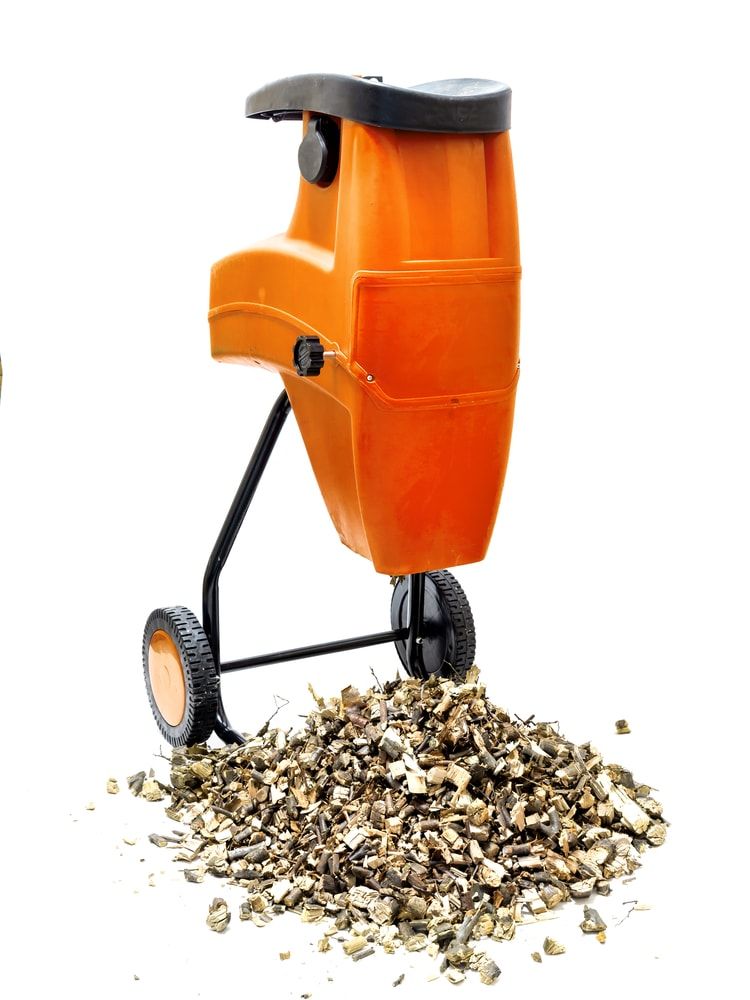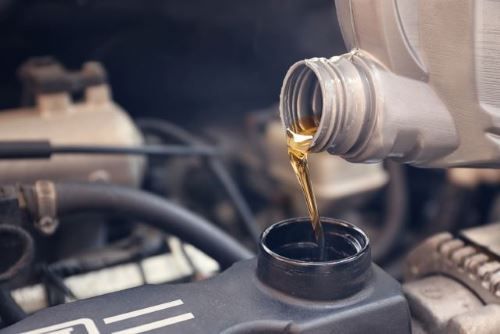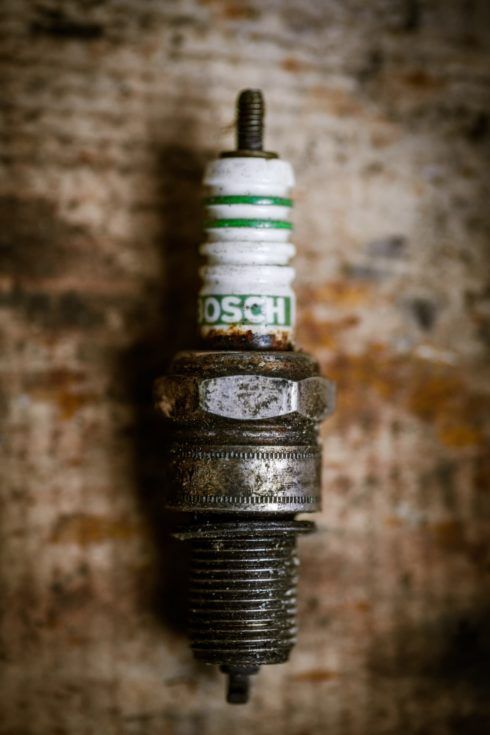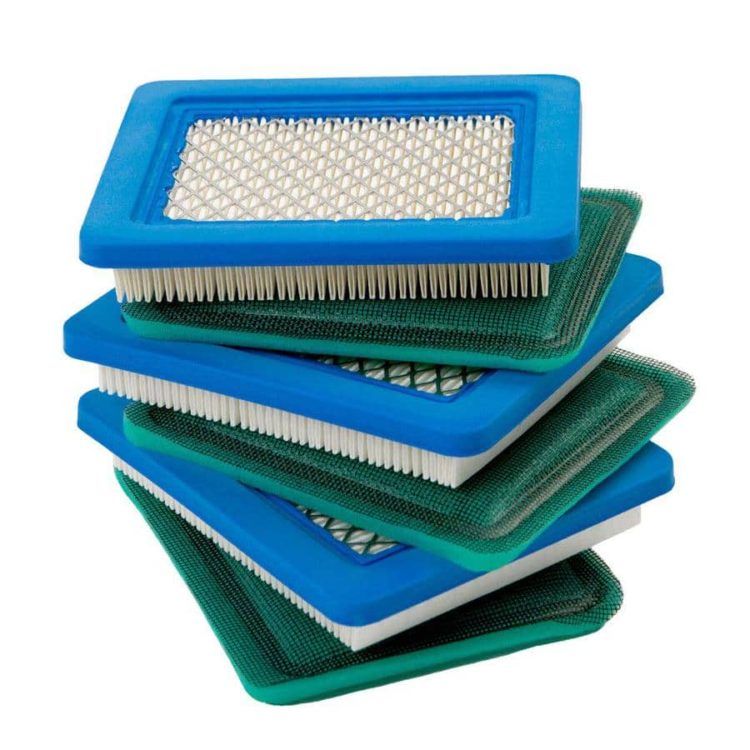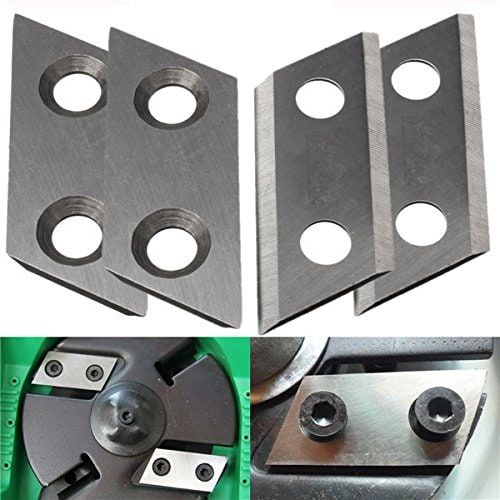Wood chippers are an excellent addition to your machinery collection of landscape maintenance. When you have regular woody brush and hedge trimming, tree pruning, and forest cleanup to take care of, having your own chipper can make your life so much easier. Investing in one is also many times cheaper than the regular rental of one, plus the material output is perfect for composting and mulching purposes- saving you even more money in the long run.
There are many types of wood chippers to choose from and include smaller electric options for general yard cleanup, as well as larger, portable choices for large landscapes. Read on to learn about the various jobs these many models options can take care of for you.
Wood Chippers Defined
Wood chippers and wood chipper/shredders are excellent investments for disposing of regular landscape maintenance debris. Brush, leaves, and limbs can be quickly transformed into something you can either use as garden bed protection, or for composting purposes. Available in any size, these electric and gas powered options use an engine to power a belt and saw-like teeth to ‘eat’ through the woody materials you feed it. From the other end comes wood chips and mulch for further landscape use.
How Wood Chippers Work
A wood chipper basically has 4 main parts: The engine, the drive belt, the impeller, and the chute. In a chipper, your engine is either gas or electric powered and drives the crankshaft. That crankshaft, in turn, engages the clutch to move the drive belt.
When the drive belt begins to rotate it sets the impeller in motion. The impeller is set with chopping blades or knives, and as it spins provides the power needed to shred and chip the materials you feed it through the feed opening. The materials then are deposited out the chute and usually can be directed exactly where you want the waste product needed.
The Perks of a Wood Chipper
Wood chippers are often mistakenly thought to be for commercial use only, with people not realizing how many types of models exist for home use. If you have any bushes, shrubs, or hedges that need regular care, your trimmings can be easily disposed of. This is also true of leaves that may fall and cover your yard each autumn. Areas of high wind also regularly leave behind dead and fallen twigs and branches which can be made quick work of with a chipper.
Many people rake and pile these trimmings for curbside pickup, but many areas may not offer this service, plus it often calls for a lot of work. The waste left by a chipper can be scattered over lawns as a nutrient-rich feed (if the material is fine enough), placed into compost piles, or even used to mulch your gardens.
Renting a Chipper
There are many garden centers that rent chippers for fair prices if you only need the use of one annually, or a few times a year. Many times these are valued by the day, however, and with the wide variation of options you have for purchase- you may find a machine is worth investing in and would be cheaper in the long run. You also need to consider storage as well- but it is worth taking a closer look at.
Buying a Chipper
As mentioned, the wide variety of chipper models provides many choices for homeowners to consider prior to purchasing. These also range in price, and most people find having one around can be incredibly handy- especially for larger landscape maintenance.
Gas vs Electric Chippers
The first variances in models you will most likely come across will be your power source. There are important pros and cons to consider surrounding these model types that you should take into account prior to making any final buying decisions.
Electric Powered
Electric powered chippers obviously have less maintenance than a gas-powered model and need a power source to run via an extension cord. This does mean you are limited in where you can use the machine defined by the length of the cord, but these are lightweight, often highly portable machines as well. Much more so than a gas powered version.
Also, cost wise, these are generally much less expensive than gas counterparts and are more compact for storage purposes. However, they cannot handle as much or as large material as many gas-powered chippers can. They are much quieter to run, making them great choices for more urban settings.
Gas Powered
Run by 4-cycle engines, gas-powered chippers need regular gas, oil, and engine maintenance. This is not incredibly time-consuming though since this is a simple engine and easy to work upon. They also are offered in a much larger array of models to handle everything from small to large woody debris. Generally larger overall than their electric counterparts, they may not be as easily portable, or as easily stored- but they are not at all limited by where they can be used as long as you can get them there.
Chipper vs Shredder
Some of the best chippers are a combination of chipper and shredded, but first, you need to understand the difference. Chippers are designed to handle branches, usually from a half inch and up (three inches is usually a good average for homeowner marketed machines, with commercial chippers able to handle much larger). These chip the wood into a mulch-like substance that you can spread or easily dispose of.
Shredders are designed for small branches and twigs, as well as leafy materials. These smaller items should not be fed into a chipper as they can clog up the machine and require specialized workings to tear, rather than ‘chip’ the debris. If you have a lot of fine materials to dispose of, a shredder, or combination machine is best for you.
Types of Chippers
The differences in chippers are defined not by how they work, but more how they are built to get the job done. These variances have to do with strength and power- as well as size in order to get the model best for your property maintenance.
PTO Chippers
These chippers are beasts that attach to the splined output drive shafts of tractors, trucks, and mowers to draw power for chipping large materials. They don’t need a gas or electric engine due to their connection to a larger machine. They are almost always mounted to a trailer to connect to the vehicle they get power from.
What they are Best For
These are best for easy portability and the chipping of larger materials. Large landscapes and businesses can take advantage of these options.
Pros
- Powerful and mobile
- No engine maintenance
- Good variety for homeowner options
Cons
- Requires a vehicle to run
- If not mounted to a trailer can be cumbersome to move
Drum Chippers
A drum chipper is named such due to the large drum found along the side of the machine. It feeds waste using horizontally set blades that chip up the wood you feed. This work quickly and effectively to get rid of larger waste and deposit the chips out the other side.
What they are Best For
These are designed for larger branches and even logs, are gas powered and can be mounted to trailers for stability and mobility.
Pros
- Durable and powerful
- Made for larger materials
- Excellent chips for mulching
Cons
- Does not handle smaller materials well
- Bulky and difficult to move around
Disk Chipper
A disk chipper uses a flywheel with large, slotted steel disks and chopping blades that spin in a perpendicular movement to feed through woody debris. This cuts the materials down in two steps, first into ‘bite-sized’ chunks which are then more finely processed into chips.
What they are Best For
These are a great all-around choice that can handle a wide variety of debris- including larger branches and trunk materials. This is generally directly related to the size of the machine: the larger the machine, the larger the material it can handle.
Pros
- Very effective
- Good variety of sizes and choices
- Some can deal with trunk sized materials
Cons
- Most models for larger materials
- Can be difficult to make portable
Screw Chippers
Screw chippers are the most common and varied design which uses a blade set in a conical shape that rotates to feed and cut the materials. Many designs more finely cut the wood the further it moves through the machine. Many of these have more than one chute to feed woody materials and more fine materials separately using flails and hammers to ‘shred’ or pulp up the smaller debris.
What they are Best For
Available in a wide variety of models, these are great for home use as well as commercial. The larger the machine, the more power and the larger the waste it can handle.
Pros
- Great selection for homeowners
- Usually very portable
- Highly effective for all sort of materials
Cons
- Many limits on branch sizes
How to Maintain Your Wood Chipper
Like any other tool, your wood chipper needs to be maintained to keep running properly. A gas-powered chipper will need a bit more attention than an electric, but both have specific needs you need to pay attention to. This quick guide can provide you a few tips to keep your chipper running right:
- Make sure to change the oil when needed. Check your owners manual and the 4-cycle engine needs to ensure you use the proper oil.
- Spark plugs need regular cleaning and replacement. These are easy to change out and very inexpensive. Keep a few handy for when starting your engine is becoming a problem- chances are it’s the spark plug.
- Keep your air filter cleaned out after every use (or even during heavy use). These can become clogged quickly due to the work the machine does and fine dust and wood particles can keep air flowing to the engine as it should.
- Sharpen your blades every 10 to 12 hours of use. These will dull over time and proper care will keep them cutting effectively.
- Check your power cords and power cord connections on electric chippers as well.
Conclusion
Choosing a wood chipper should be approached with what needs your property maintenance requires. Too large a machine and you may not be able to take care of the smaller debris you have. Too small a machine and you may not be able to chip down larger branches and tree prunings. Additionally, electric and gas-powered models each have their own pros and cons and should be considered for use depending on where you live and the strength required.
If you have any questions about the above information or want to share a favorite type of chipper with us, please let us know below. And, as always, please share!

